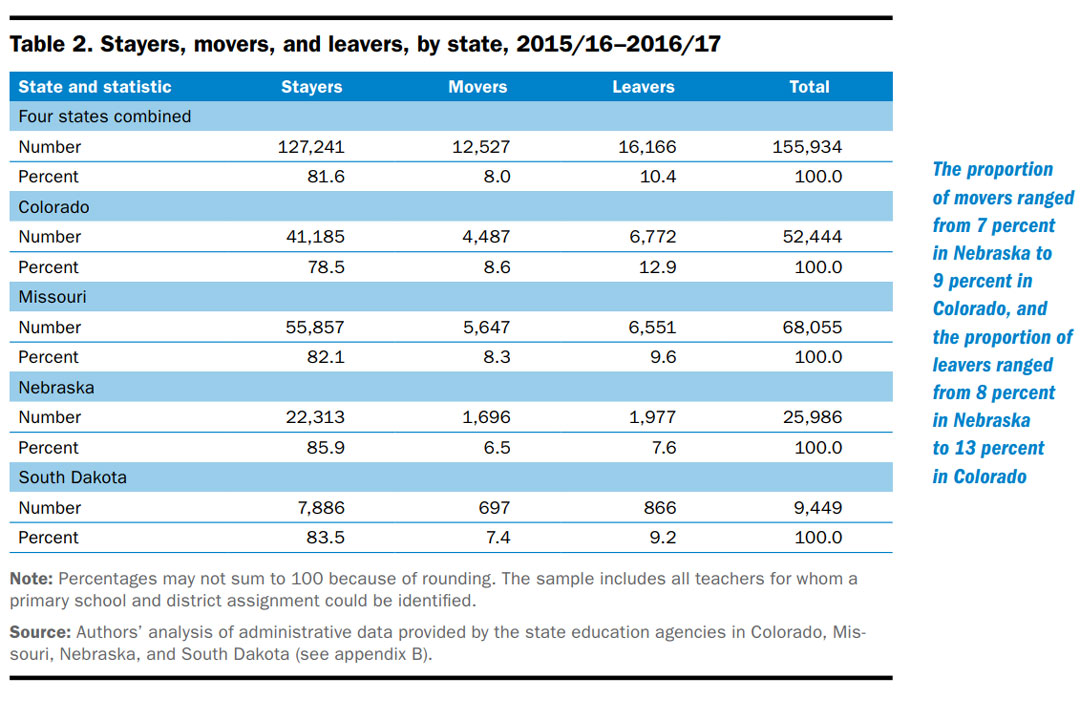Roughly, one-third of students in the REL Central region attend schools in remote towns and rural areas (Nation Center for Education Statistics, 2013). Rural schools face challenges similar to their urban counterparts, such as recruiting and retaining high-quality teachers and raising the achievement of low-income students. To address these challenges, the Rural Education Research Alliance at REL Central has set a goal of identifying evidence-based strategies to reduce disparities and improve teacher recruitment and retention as well as educator preparation and certification in rural settings. For example, the alliance is examining strategies that rural schools have used to close achievement gaps, exploring how educator preparation programs have responded to certification rule changes, and assisting with the development of processes related to the evaluation of a teacher loan forgiveness program.
In this last case, alliance members are actively supporting the “Implementation and Evaluation of the North Dakota Teacher Education Loan Forgiveness Project.” The goal of this project is to help North Dakota Department of Public Instruction (NDDPI) staff better understand the implementation and outcomes of the Teacher Shortage Loan Forgiveness Program and build their capacity to design and implement an evaluation of the program’s effectiveness.
The loan forgiveness program was designed to help recruit and retain teachers in content, grade, and geographical shortage areas. The largest amount of loan forgiveness goes to teachers in areas of “critical need”, such as agricultural education and computer science, in remote towns and rural districts. By improving teacher recruitment and retention in the areas of highest need, NDDPI aims to provide a more stable and qualified workforce and thereby improve student outcomes. Under this program, the North Dakota University System (NDUS) provides the loan forgiveness, and NDDPI identifies the grade and content shortage areas yearly. The program offers financial incentives to current or prospective teachers who teach in the critical need areas in rural or remote town districts. Districts may apply for up to two qualifying positions — either to help retain current teachers or to incentivize the recruitment of new teachers — and recipients are eligible for up to four years of loan forgiveness. The first round of applications was reviewed in spring 2018, with the first year of loan forgiveness taking place over the 2018–2019 school year.
To help NDDPI staff monitor the implementation and assess the effectiveness of the loan forgiveness program, REL Central has worked with Rural Education Research Alliance members to develop five evaluation workshops, covering the following components:
- Developing logic models
- Creating evaluation questions
- Exploring data needs
- Designing data collection instruments
- Planning for an evaluation
These workshops will provide participants with foundational knowledge of the evaluation process and tools to design and implement evaluation activities. NDDPI staff will use this information to monitor and assess the progress of the loan forgiveness program as well as other future state initiatives to ensure their success.
Rural Education Research Alliance lead Doug Gagnon says that REL Central is excited to support the NDDPI and NDUS partners in ensuring the effectiveness of the loan forgiveness program. He adds, “The creation of this program shows a commitment on the part of North Dakota to support the recruitment and retention of educators in rural schools and shortage subject areas.”
Gagnon and REL Central staff look forward to seeing the results of this and other Rural Education Research Alliance efforts to make a difference in the rural communities throughout our region.
Reference
National Center for Education Statistics. (2013). Rural Education in American.
Retrieved from https://nces.ed.gov/surveys/ruraled/tables/a.1.a.-3.asp





